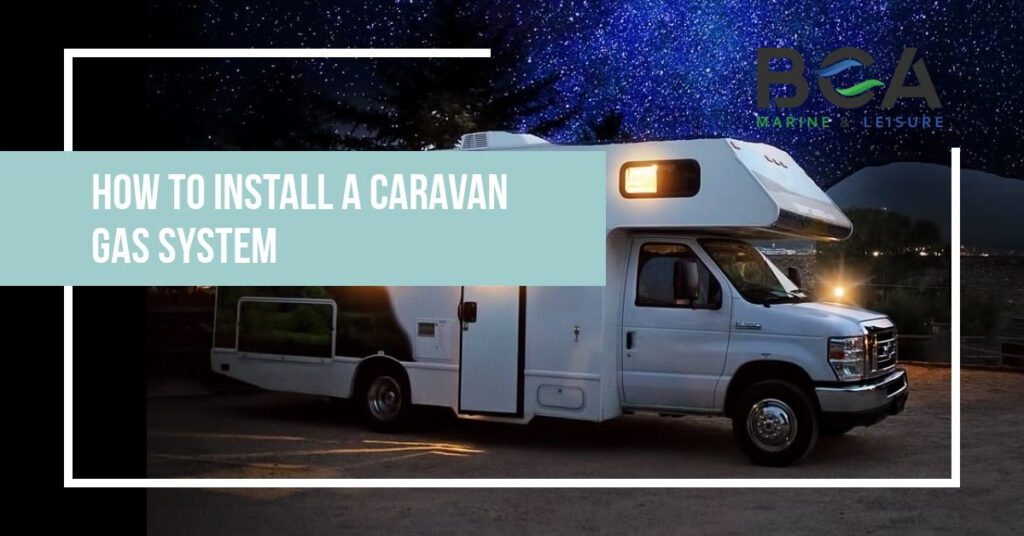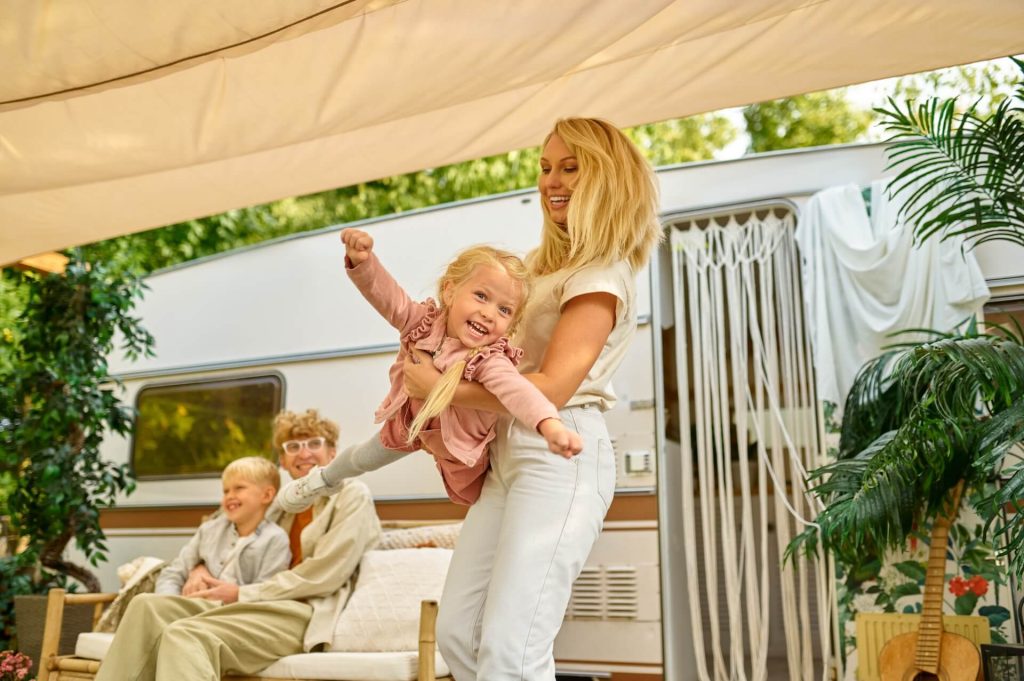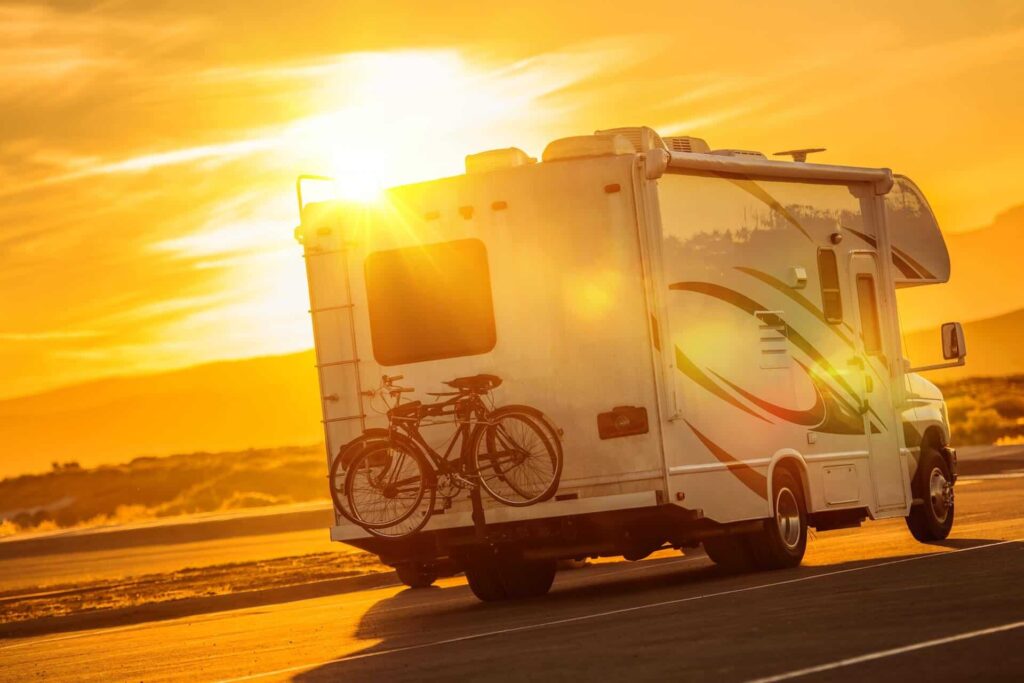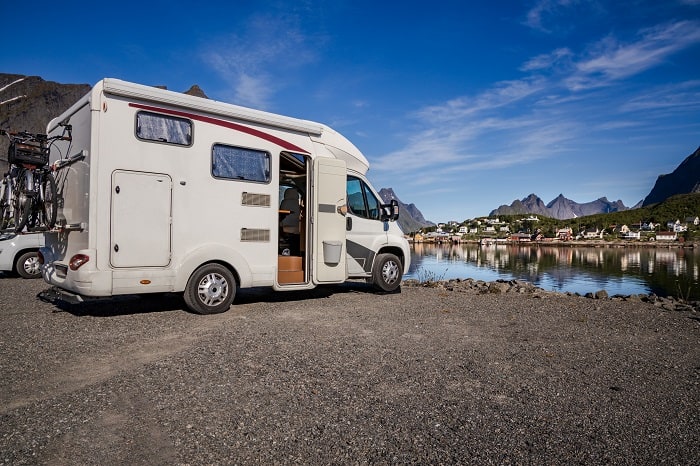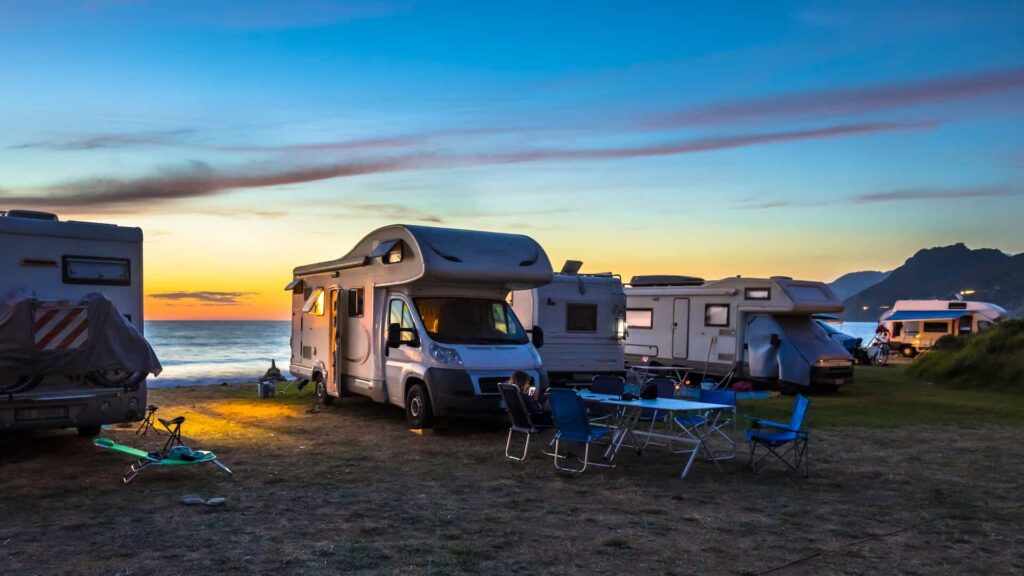Owning a caravan is a freeing experience. There are so many beautiful places in Australia to explore, and you can head off to any of them whenever you like. You can go anywhere, do anything and still have somewhere to turn in for the night without having to pay for a hotel room. But did you know there are two ways to power your caravan? Your caravan can run either on electricity or gas power.
If you have an electricity-powered caravan, you may be noticing a problem. You aren’t nearly as free as you should be in an RV. At the end of your night, you can’t just camp anywhere. You need to find a powered site at a caravan park, and sometimes those can be difficult to find which may leave you with no power for the rest of the night.
With a gas-powered caravan, you can go wherever, whenever and your power is completely self-sufficient.
Below we’ll go into detail on what you need to do to install a gas caravan system. As for the benefits of using gas, you can learn those here.
Note that all caravan gas installations must be done by a licensed gas fixer. Do not attempt to install a gas system by yourself.
Parts of a Caravan Gas System
There are three major parts to your caravan’s new gas system. The gas cylinder, the regulator, and the copper pipe. A gas bottle holder will also come in useful when it comes to storing your gas cylinder in a safe place.
The Gas Cylinder is the most important part as that is where your power is going to be coming from. This should be installed outside of your vehicle. You should never install your gas cylinder inside of your vehicle unless you have a gas bottle enclosure that is sealed from the RV, but vented to the outside as LPG gas is odorless and if it begins to leak you may not notice. Alternatively, it can be mounted outside the vehicle on a drawbar.
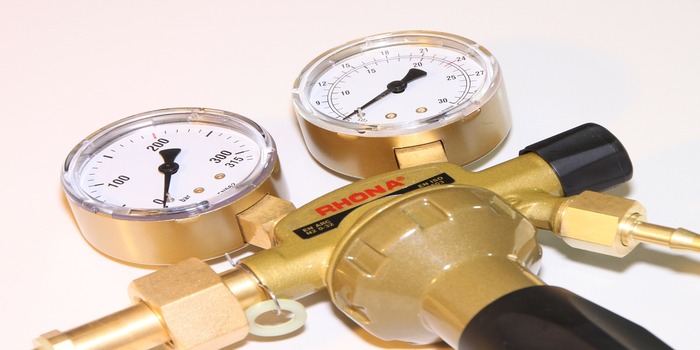
Your caravan Gas Regulator sits between the gas cylinder and the rest of the caravan’s gas system. These helpful tools regulate the gas pressure being supplied to the appliances within the caravan. They don’t often need maintenance, but they will eventually deteriorate and you may want to replace them after a while. The regulator should be installed adjacent to the gas cylinder, vertically oriented with the vent pointing down, slightly above the cylinder. This is done to make sure that LPG doesn’t leak down into the attached pigtail (the hose that connects the gas cylinder to the regulator).
Copper Pipes will connect the regulator to the appliances that are going to be powered. The size of the copper pipe you should use changes depending on the distance the gas must travel and the appliances that you intend to power. However, you can generally assume that the bigger your caravan, the bigger your appliances. Most caravans up to 6 metres should use 5/16” copper pipe, while longer ones might need 3/8“.
You should make sure that your copper pipes are well protected from the elements, and supported by rust-proof metal clips. These clips should be applied to roughly every 600 millimeters of horizontal length pipe. Also, make sure that your pipe doesn’t go more than 1250 millimeters vertically, or more than 150 millimeters on any turns or changes in orientation.
Hire A Professional Gas Fixer
You cannot install a gas system for your caravan by yourself. The process must be carried out by a licensed gas fitter who is fully certified to deal with gas fitting. A professional will be needed not only for installation but for relocation or replacement of any of your gas appliances, as well as the installation, relocation or modification of pipework.
Where to Place Your Gas Cylinders
As mentioned previously, you cannot just place your gas cylinder anywhere.
First and foremost, you must not install your gas cylinder inside of your caravan as this allows for potential leakage into the caravan without your knowing.
There are two primary locations to install your gas cylinder.
First, you can install your cylinder in a gas bottle enclosure. This is a small space, just big enough for your gas bottle that is completely sealed off from the inside of the caravan but vented to the outside so the gas can escape if there is a leak.
Secondly, you can choose to install your cylinders externally on a drawbar. They must be mounted upright with the valve at the top. Often the cylinder will be mounted in front of the caravan, on the A-frame facing towards the towing vehicle.
Gas Appliance Restrictions
There are a few restrictions to what kind of appliances you can use within a campervan, but nothing that should hold you back too much. Only low-pressure appliances (operating at or below 2.75kPa) should be used inside of an RV, but there are low-pressure versions of almost anything you could want.
Fridges, gas ovens, caravan heaters, and even caravan barbeques can be installed in your vehicle safely.

Flueless gas water heaters cannot be used inside of a caravan as they consume the air inside the room they are installed within and release dangerous compounds into the air that can rise to potentially risky levels if the ventilation isn’t adequate.
Installation instructions for fridges and heaters that need outside flue ventilation should be paid attention to closely. This should be done to make sure that the minimum distances allowed from inlet vents, annex areas and windows are adhered to.
Appliances must be fastened down, including your in use and spare gas cylinders. Transporting gas bottles in cars can be incredibly risky, so it is important to make sure they are secured in place and won’t fall off. There are a variety of gas bottle holders you can purchase to keep them in place. These include roof rack gas bottle holders that will secure the bottles to the roof of your vehicle, more compact gas bottle brackets and straps that will hold your gas bottle down, or metal gas bottle stands that can safely contain your gas cylinder.
Ventilation
There are two categories of gas appliances;
- Those whose exhaust and combustion is already blocked away from the living area, such as hot water systems, most kinds of fridges, and space heaters. If you properly follow all instructions for sealing your caravan and providing external ventilation and flue for each appliance, these appliances should already meet the ventilation requirements.
- Those whose exhaust and combustion are not room sealed (cooktops, ovens, etc.)
The second section is what requires you to have good ventilation. The ventilation requirements for these unsealed appliances depends on the combined gas consumption of each of the appliances.
A helpful formula to keep in mind is A = 3xT. In this formula, A is the ventilation Area in square centimeters that you must have. T is the Total gas consumption of all of the appliances in your caravan measured in megajoules per hour (you should be able to find these details on your appliance). If, however, your appliance is rated in BTU, you can simply divide the BTU by 948 to get the rating in megajoules.
Going by this formula, if you have a caravan gas barbeque that requires 15 megajoules per hour, you should multiply that by 3 to get 45. Then you have A=45, which means that the total area of ventilation required for the gas barbeque is 45 centimeters squared. Just add the requirements for your appliances together and multiply them by three and you’ll have your solution!
You must have two openings that are permanent and these openings must not be blocked.
These openings must be on opposite ends of the caravan, one nearer to the floor and one higher towards the roof. The lower of these two vents will often be embedded in the door, and must remain unimpeded. The higher of the two can be wall mounted or merged with roof hatches that are permanently vented.
Regardless of the appliances in your motorhome, there is a minimum ventilation area based on the size of the vehicle. Any vehicle up to 4 metres long must have 240 centimeters squared of ventilation. 4 to 5 metre vehicles must have 300 centimeters squared. 5 to 6 metre vehicles must have 360 centimeters, and any vehicle over 6 metres must have at least 420 centimeters squared of ventilation space or more.
This ventilation space should be divided 50-50 between the upper and lower vents.
Gas Cylinder Maintenance
Luckily, LPG gas appliances generally do not require much maintenance aside from cleaning them every so often. However, there are a couple of things to look for.

If you think there is a leak, you should hire a professional to come out and look at it immediately. Breathing in gas fumes can be incredibly dangerous to humans, and is nothing to take lightly.
As well as cleaning your appliances and watching for leaks, you should also make sure to regularly clean your ventilators. This is to keep your space well ventilated and to allow gas to escape in the unfortunate event of a leak. Remember to get your gas system maintained regularly and see our post on how to Stay Safe With This Caravan Safety Checklist.
How Much Gas Should I Have?
Now that you have figured out the gas consumption of each of your gas appliances in order to determine your ventilation requirements, you can use these figures to figure out how long your gas will last. Try and figure out how much time per day you are going to use each appliance, and then add up the numbers.
When it comes to appliances like stoves or fridges, remember that there are variables. You aren’t generally going to use all of the burners on your stove when cooking, so take that into account when trying to calculate how much energy you will use.
Similarly, fridges consume different amounts of energy depending on how hot it is outside, how often you open them and how often you add new, room temperature items to them. Obviously, you are going to use much more power during the scathing Australian summer than you would during the winter.
Likewise, during the winter you will use your caravan gas heater much more, something that you will likely never use during the summer.
Try and take these variables into account and make an educated guess on how much power you think you will use.
An 8.5kg gas bottle (the general size of a bottle you would use for your grill) holds 17 litres of gas. From those 17 litres of gas, you will get about 420 megajoules of energy. If you know how many megajoules your appliances take up per hour, you can easily figure out how long this 420 megajoule is going to last.
No matter what, just one gas cylinder isn’t going to last you for long. This is why it is important to have gas bottle holders, gas bottle brackets, or roof rack gas bottle holders to store extra gas cylinders for later use. Get some sturdy caravan gas bottle holders from BCA here and always ensure you have your gas bottles stored safely and securely on the road.
Updated 7/08/2023

